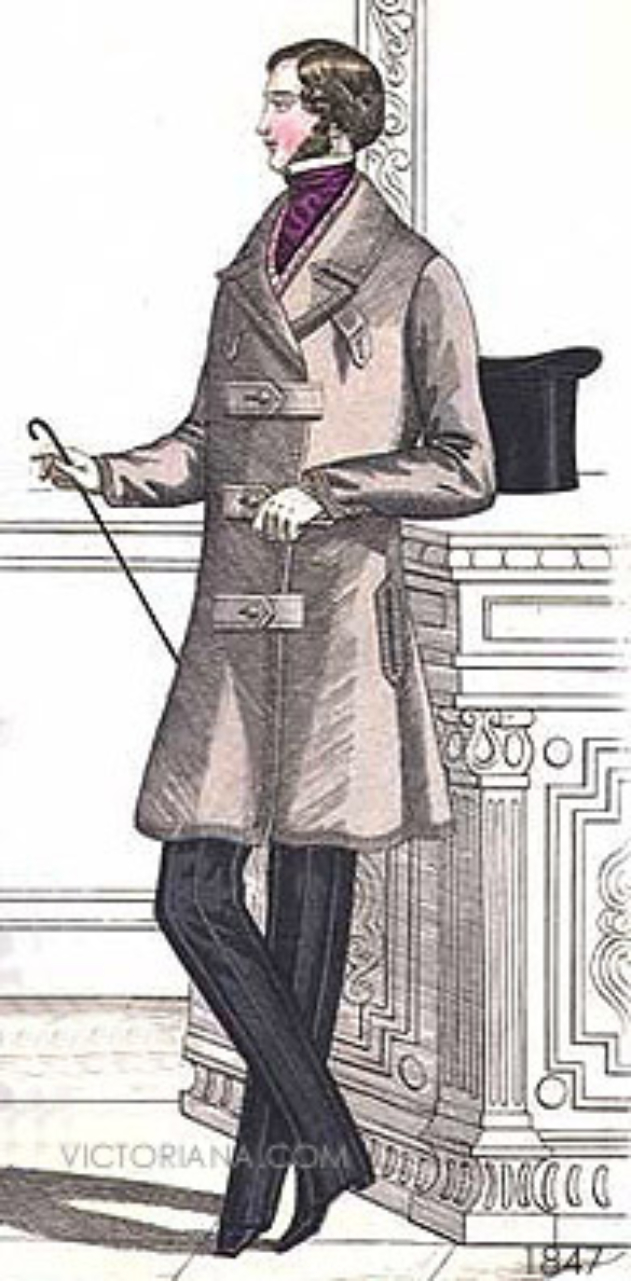1840s fashion: The influence of Queen Victoria
1840’s Fashion: Fashion Styles and Queen Victoria’s Wedding Dress
Fashion can be a fascinating subject to family historians who have photographs to date, as discussed in the first in this series of blogs. We're now focusing on the decade following the advent of photography — the 1840s — including how a change made to the wedding dress then, is still observed by brides today.
In March 1841, the first public photographic studio in England opened on Regent Street, London. Sitting for your portrait was now more accessible for those who could afford it. As sitters wore their finest and newest clothes for the occasion, studying the garments in these images can work as a useful tool when researching your genealogy. If you are lucky enough to have photographs of relatives you believe to be from this period, here are some typical styles from the time which may help you date the photographs.
1840’s Women's Fashion
Shoulders were low and sloping, as was the pointed waist. Skirts evolved from conical-shaped to bell-shaped, and increased in volume as the decade progressed. Evening gowns were often off-the-shoulder and accompanied by crocheted or sheer shawls. Lace was a prominent textile, adorning linen caps and shoulder-length gloves. Large bonnets and large collars on capes for outdoor wear were popular. Hair was parted in the middle with side ringlets, or styled into loops around the ears and then pulled into a bun.

1840’s Men’s Fashion
For fashionable men, a low, cinched waist and round chest with flared frock-coats gave them an hourglass figure which was inspired by Prince Albert. Trousers were tight and collars were high, styled with a necktie. Hair was usually long but kept out of the face and facial hair was popular.

Queen Victoria’s wedding dress
On 10th February 1840, 20-year-old Queen Victoria married Prince Albert of Saxe Coburg-Gotha at Chapel Royal, St James’s Palace, London. The queen wore a white, heavy silk satin gown with Honiton lace detailing. Although the common idea of a white wedding gown was thought to symbolise the bride’s innocence and purity, the colour was actually used to highlight the wealth of the bride’s family. A white gown shows the ability to have clothes thoroughly cleaned - a privilege afforded only to the wealthy in the 1800s - and also to show the public that they can wear a colour that wouldn’t be dirtied or stained by any manual labour. Victoria’s choice to wear a white gown was not to prove any financial prosperity, however; but rather to show off the delicate lace on the dress and support the English industry - and, in turn, to encourage others to do the same.

Although not the first royal to wear a white gown on their wedding day, Victoria’s choice was different to the bright and brilliant colours often preferred by Western European brides, or the more practical darker colours which could be reused for other wears. Soon after, fashionable and elite brides felt inspired to do the same. Newspaper articles, illustrations, paintings and souvenirs were all created in the wake of the wedding, exposing a wider audience to the day's events and inspiring future brides.
So there we have it, the queen’s choice of colour for her wedding dress 180 years ago has influenced British wedding dress traditions ever since! Have you ever considered what decisions made in history might have influenced your or your ancestors’ choices for wedding attire? Exploring the influence of fashion trends through the ages is fascinating, and we will take a look at the 1850s next time